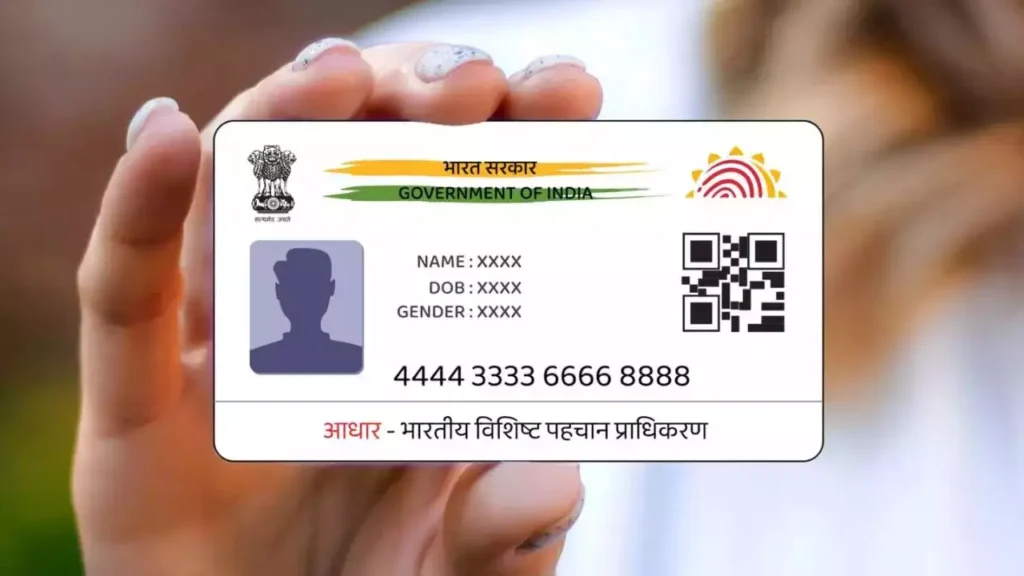Did you know that delivery apps use an algorithm? Have you ever opened any delivery apps just to “take a look,” and minutes later found yourself ordering exactly the meal you were craving — even though you didn’t know it beforehand? That’s not magic. It’s technology working behind the scenes, more specifically, smart algorithms that learn your tastes and habits
But… how do they do that?
The Power of Data: You Reveal More Than You Think
Every time you:
- Open the app at a certain time,
- Click on a specific type of cuisine (like sushi or pizza),
- Favorite a restaurant,
- Read reviews,
- Or even abandon your cart…
…you’re feeding your delivery apps’ algorithms with valuable information. It learns when you usually order food, what you like to eat at specific times, and even which promotions attract your attention.
Geolocation: Meals Tailored to Your Neighborhood
The delivery apps know exactly where you are — and that helps them show restaurants that are nearby, with faster delivery times, and that offer dishes popular in that area. In student zones, for example, the focus may be on cheap and fast snacks. In more upscale neighborhoods, the suggestions tend to be more gourmet.
Machine Learning: Delivery Apps’ algorithm learn from you
When you open a delivery app and see a tempting list of meals that feel just right for you, there’s a complex artificial intelligence system working in the background — more specifically, a branch called machine learning.
But how does it work in practice?
Basically, the system is trained to recognize patterns based on huge volumes of data. These data are collected from millions of daily orders made by users like you. The app “observes” your behavior — and the behavior of thousands of others with similar habits — and learns what might appeal to you.
Practical Example
Let’s say you tend to order Japanese food on Friday nights. The algorithm notices that. Then it starts testing variations: offering new sushi options, combo deals, or similar restaurants. If you click or order, the system confirms that this type of suggestion works for you. If not, it adjusts the parameters. It’s like the app is constantly trying to get to know you better — like a friend who learns over time what you like to eat.
Profiles and Grouping (Clustering)
One of the most popular techniques is called “clustering” by data scientists. This means grouping users with similar behavior into specific profiles. For example:
- People who order fast food at night and desserts on weekends;
- Users who prefer healthy meals, focusing on salads and fitness-friendly dishes;
- Customers who only order when there are coupons or active discounts.
These clusters help the app predict more accurately what to show you, based on what other people with similar tastes have approved or ignored. It’s as if every user is part of a secret group of “food behavior twins.”
Real-Time Personalized Suggestions
Another interesting detail is that the algorithm doesn’t stop learning. It updates its recommendations constantly, as your habits change. If you’re entering a new life phase — like starting to work out and ordering more protein-based meals — the system picks up on these changes and recalibrates its suggestions within a few days.
Also, apps use predictive models that can anticipate what you want even before you search. Have you noticed how often the first suggestion seems perfect? That’s machine learning in action: combining data like time, weather, location, recent activity, and your order history, the system can assemble a personalized menu in seconds.
Invisible Feedback
And here’s the most curious part: even when you don’t interact, the system is learning. If you ignore a suggestion, scroll quickly past a list, or skip a restaurant, that’s also considered a type of invisible negative feedback. The algorithm understands that the option was ignored and adjusts, seeking for better results in the next attempts.
This level of personalization is only possible thanks to enormous databases, often powered by Big Data technologies and cloud computing, which process everything in real time.
The ultimate goal? To help you find what you want — or what you didn’t even know you wanted — with minimal effort.
Weather and timing also play a role
Did you know that delivery apps’ algorithms also take the weather into account? On cold days, soups and pasta are featured more prominently. When it’s hot, options like salads, açaí, and juices take center stage. Everything is designed to match the moment and increase the likelihood that you’ll complete your order.
Delivery Apps use psychology
Besides technology, these delivery apps also rely on psychological and design principles to make the experience more engaging — and yes, more addictive. Bright call-to-action buttons, countdown timers for promotions, and star ratings all influence your behavior and choices without you even realizing it.
Conclusion: Are Apps “Reading” Us?
In a way, yes. Some people may be scared of it, but let’s try to approach it in a positive light. When used well, algorithm intelligence can save time, avoid frustration, and even introduce you to new options you might never have considered. The key is to use technology consciously — and enjoy the benefits of personalization without giving up your own preferences.
So, next time your delivery apps and their algorithm suggests exactly what you wanted… just know it really does know you better than it seems.
Questions on delivery apps and their algorithm
1. How do delivery apps know what food I like?
Delivery apps use algorithms and machine learning to analyze your behavior — such as what you order, when you order, and what you click on — to suggest meals you will likely enjoy.
2. Are food delivery apps listening to my conversations?
There is no evidence that major delivery apps record conversations. What feels like “they read your mind” is often the result of predictive algorithms analyzing your past behavior and preferences.
3. Why do suggestions change depending on the time of day?
Apps take time-based patterns into account. For example, lunch menus are promoted during midday, while comfort foods may appear in the evening. The goal is to match your likely cravings at that moment.
4. Does the weather really influence what food apps recommend?
Yes! Many apps use real-time weather data to adjust suggestions. On cold days, they highlight soups and hot dishes; on hot days, lighter meals like salads and smoothies get more visibility.
5. Can I turn off food recommendations or algorithm tracking?
Most apps don’t allow you to turn off algorithmic recommendations completely, but you can clear your history or adjust preferences in settings to influence what you see.


